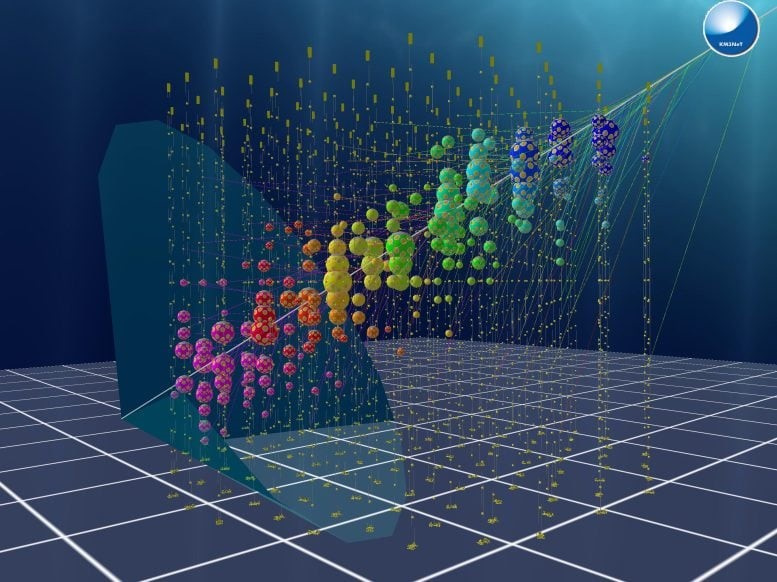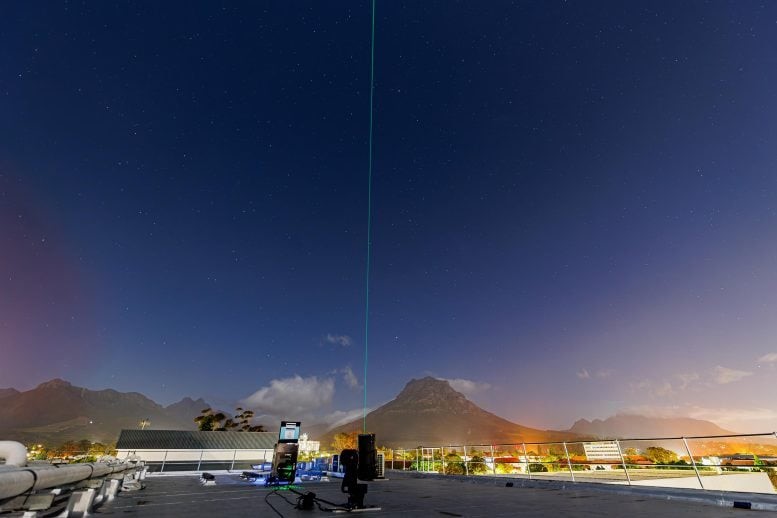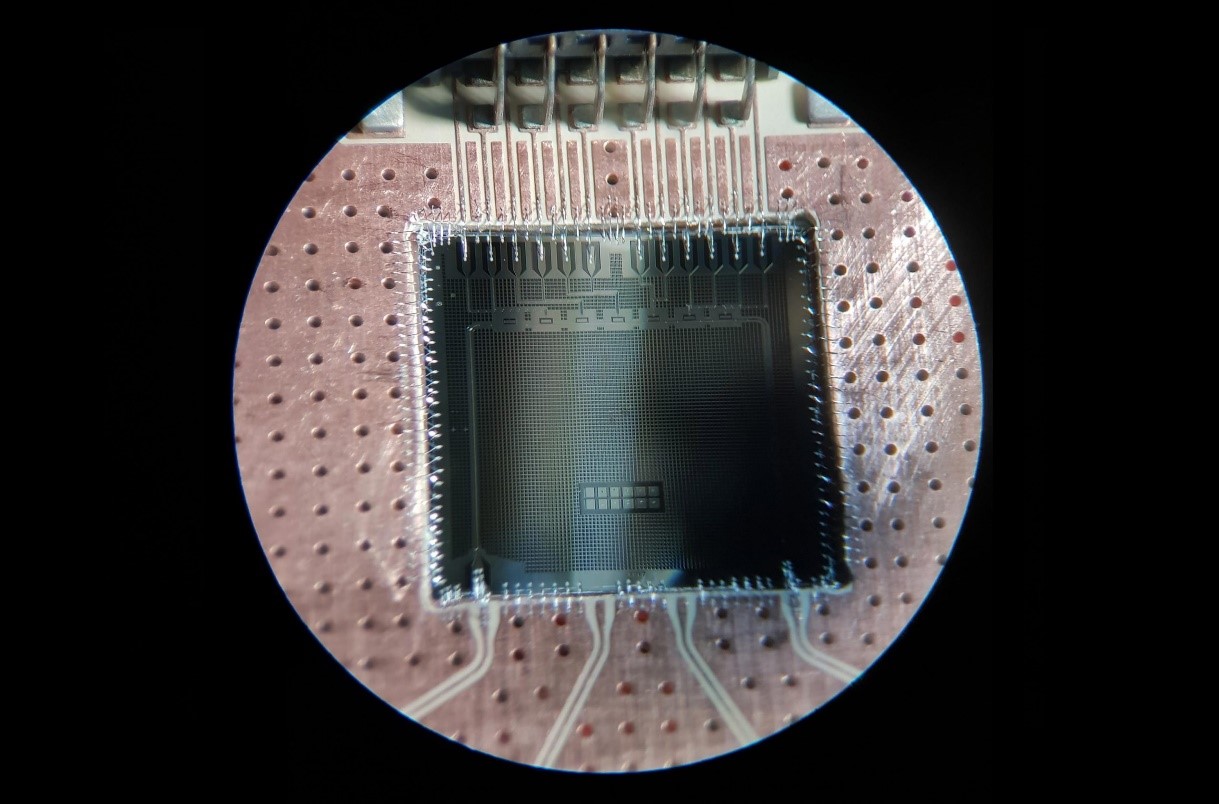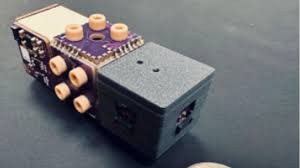Device Facilitates Direct Communication Between Multiple Quantum Processors
MIT researchers have developed a photon-shuttling "interconnect" that enables remote entanglement, a crucial advancement for realizing practical quantum computers. Similar to how classical computers rely on interconnected components like memory chips and CPUs, quantum computers will require the ability to transfer quantum information between multiple processors to function effectively.
Current architectures for connecting superconducting quantum processors rely on "point-to-point" connectivity, which involves multiple transfers between network nodes and results in increasing error rates. To address this issue, MIT researchers have developed a new interconnect device that enables scalable, "all-to-all" communication, allowing all superconducting quantum processors in a network to communicate directly with one another.

Figure 1. Device Enables Direct Quantum Processor Communication
The researchers developed a network of two quantum processors and used their interconnect to transfer microwave photons on demand in a user-defined direction. These photons, which carry quantum information, are shuttled between processors through a superconducting wire, or waveguide, that can be routed over any distance. The system allows for coupling multiple modules, efficiently transmitting information across a scalable network of processors. Figure 1 shows Device Enables Direct Quantum Processor Communication.
The researchers used their interconnect to demonstrate remote entanglement, where quantum processors, not physically connected, share a correlation. This entanglement is a crucial step toward building a distributed network of quantum processors. Aziza Almanakly, lead author of the study, explains that their interconnect allows for both local and nonlocal connections, providing more flexibility and throughput for the network. The system can send photons at varying frequencies, times, and in two directions. The research, published in Nature Physics, includes contributions from Beatriz Yankelevich, William D. Oliver, and other MIT and Lincoln Laboratory researchers.
A Scalable Network Architecture
The researchers expanded upon a previously developed quantum computing module that allowed for the transfer of information-carrying microwave photons in either direction along a waveguide. In their latest work, they connected two modules to a waveguide, enabling the emission of photons in a desired direction and their absorption at the other end.
Each module consists of four qubits that act as an interface between the waveguide and the larger quantum processors. The qubits coupled to the waveguide emit and absorb photons, which are then transferred to nearby data qubits. By controlling microwave pulses, they can add energy to a qubit, causing it to emit a photon. By carefully manipulating the phase of these pulses, the photon can be emitted in either direction along the waveguide, and reversing the pulses allows a qubit in a distant module to absorb the photon.
This "pitching and catching" of photons creates a "quantum interconnect" between nonlocal quantum processors, facilitating remote entanglement. According to the researchers, remote entanglement is crucial for building large-scale quantum processors from smaller modules. This entanglement allows distant qubits to perform parallel operations even when they are no longer physically connected. However, the researchers emphasize that successfully transferring a photon is only part of the process—preparing the qubits and photon for sharing is essential for generating remote entanglement.
Creating Quantum Entanglement
The team achieved remote entanglement by halting photon emission pulses midway, creating a scenario where the photon is both retained and emitted. This process, conceptually akin to "half a photon" being retained and half emitted, allowed for the entanglement of two quantum modules once the receiving module absorbed the photon. However, challenges arose due to distortions in the photon caused by waveguide components, reducing the efficiency of photon absorption.
To address this, the researchers employed a reinforcement learning algorithm to optimize the photon’s shape for maximum absorption efficiency. By fine-tuning the photon using this method, they achieved an absorption efficiency greater than 60%, which was enough to confirm entanglement.
This advancement lays the groundwork for creating scalable quantum networks with all-to-all connectivity, enabling remote entanglement between any pair of modules. Future improvements could involve optimizing photon paths and reducing protocol times to minimize error accumulation. The team's method also holds potential for expansion to larger quantum systems and the quantum internet. This work was supported by the U.S. Army Research Office, the AWS Center for Quantum Computing, and the U.S. Air Force Office of Scientific Research.
Source:MIT News
Cite this article:
Janani R (2025), Device Facilitates Direct Communication Between Multiple Quantum Processors, AnaTechMaz, pp.232















